The Science of Better meetings
Meetings are a ubiquitous source of frustration in many workplaces. We’ve all experienced meetings that seem endless, pointless, and totally exhausting. But it doesn’t have to be this way! Meetings can be productive, engaging, and even energizing – if run thoughtfully.
If you had to identify, in one word, the reason why the human race has not achieved, and never will achieve, its full potential, that word would be: ‘meetings.’
Pulitzer Prize-winning humorist Dave Barry

I recently listened to an enlightening Worklife podcast interview with organisational psychologist Adam Grant speaking to meetings expert Steven Rogelberg. They covered research-backed strategies for dramatically improving meetings at both an individual and organisational level. Here are some of their top insights:
1. Question if you really need the meeting
Too often meetings are scheduled out of habit, not necessity. Before putting a meeting on the calendar, carefully evaluate whether it’s truly needed or if the goal could be achieved through asynchronous communication like email or messaging in Microsoft Teams or WhatsApp. Meetings should be reserved for activities that genuinely require real-time interaction and engagement, usually to decide something, learn something, strengthen bonds, or execute tasks together. If none of these apply, skip the meeting!
2. Keep meetings as short as possible
The default length of 30 minutes or an hour is arbitrary, yet we accept it without thinking. Make sure the duration accurately matches the purpose of your meeting, erring on the side of shorter. Could it be 10 or 15 minutes instead of 30? Experiments show meetings are more focused when people stand, so try a standing meeting to stay concise. Don’t default to starting on the hour either if another time works better. The key is being intentional about when you actually need people together.
3. Limit attendance to required participants
Invitation lists tend to balloon out of habit, politeness, or fear of leaving someone out. Resist this! Only include people who truly need to contribute or make a decision. Over-inviting leads to spectators, distraction, and diffusion of responsibility. It’s far better to update people asynchronously than make them sit through irrelevant meetings. Establish a norm where no one takes it personally to be left off an invite.
4. Make the agenda a series of questions
Traditional agendas outline topics and to-dos. Instead, frame your agenda as questions to be answered during the meeting. This focuses the purpose on generating solutions vs just recapping issues. It forces you to clarify the goals and expected outcomes. Turning the agenda into questions also prompts attendees to prepare ahead of time and pushes more active participation.
Having the meeting as a series of questions also helps to frame who should attend? Who can help answer the questions? and the meeting can end when the question has been answered. These all help to limit the attendees and length of meetings.
Facilitate true engagement
Don’t just lead a one-sided download of information. Actively elicit perspectives from attendees through thoughtful facilitation. Consider rotating the facilitator role meeting-to-meeting so different people learn how to guide discussion. Make sure remote participants get called on early to prevent them from mentally checking out. Create an environment where all voices are heard and valued.
The interview also provided insights on addressing meeting overload at an organizational level:
- Institute “meeting doomsdays” where all recurring meetings are wiped from calendars and people have to be more intentional about what they add back.
- Establish weekly no-meeting days that are sacred for focused individual work.
- Calculate and share the true cost of meetings so people consider opportunity costs.
- Openly discuss frustrations – chances are others feel the same about inefficient meetings.
The takeaway is that better meetings start with being more intentional in how we approach them, challenging stale norms and assumptions, and having candid conversations about what’s working vs what’s not. With some thoughtful improvements, meetings can become engaging engines for productivity instead of sources of dread. And eliminating wasteful meetings means more time for meaningful work.
